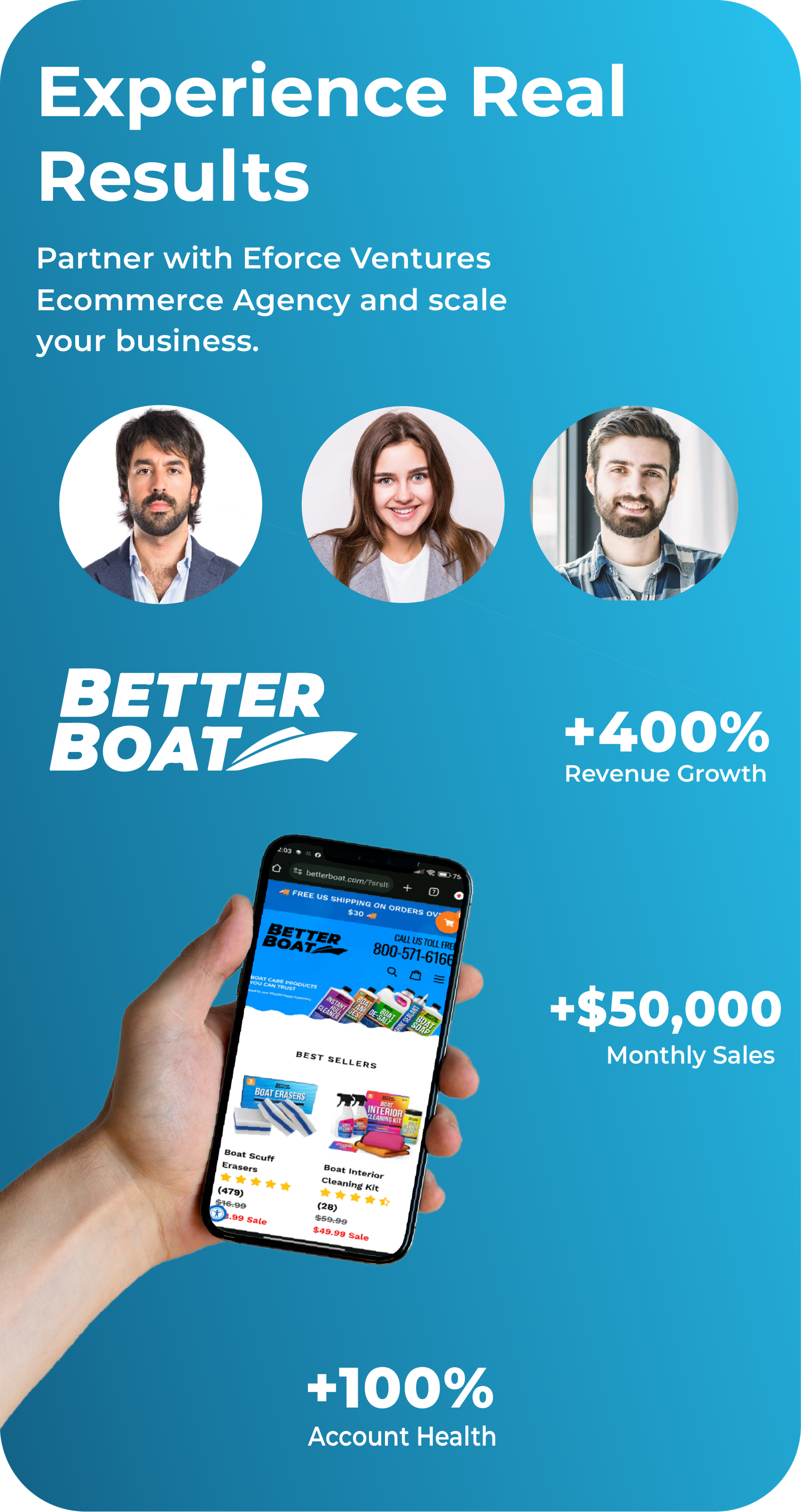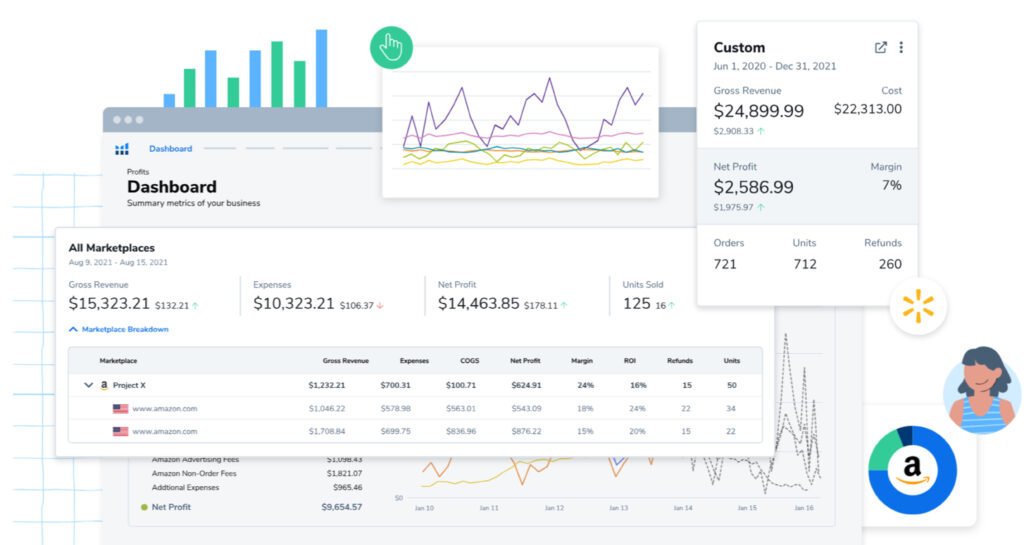Amazon private labeling has revolutionized the way entrepreneurs can launch, scale, and grow profitable businesses by branding and selling their own products on the world’s largest e-commerce platform. In this guide, we’ll cover everything you need to know about Amazon private label—from product sourcing to scaling your brand. Whether you’re a beginner or an experienced seller, mastering the steps outlined here will help you build a successful private label business on Amazon.
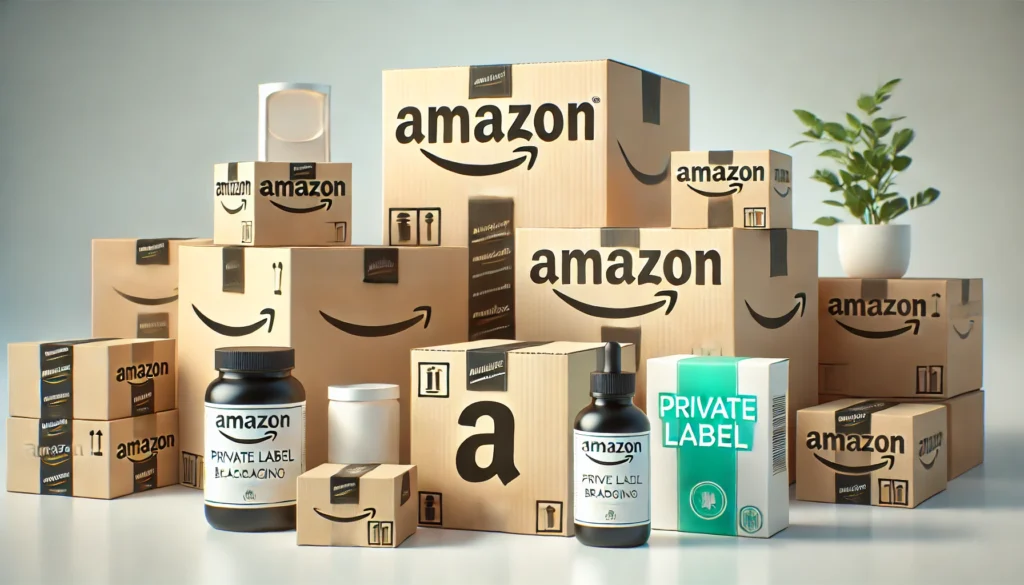
What is Amazon Private Label?
Amazon Private Label refers to the process of sourcing products from manufacturers and then rebranding and selling them under your own label. Unlike reselling products from other brands, private labeling allows you to establish your own brand identity and differentiate your offerings from competitors on Amazon.
Key Advantages of Amazon Private Label:
- Brand Ownership: Full control over branding, packaging, and marketing.
- Higher Profit Margins: Cutting out brand licensing fees means higher profits.
- Product Differentiation: Freedom to make product enhancements to better serve customer needs.
- Scalability: Potential to expand product lines or enter new markets as your brand grows.
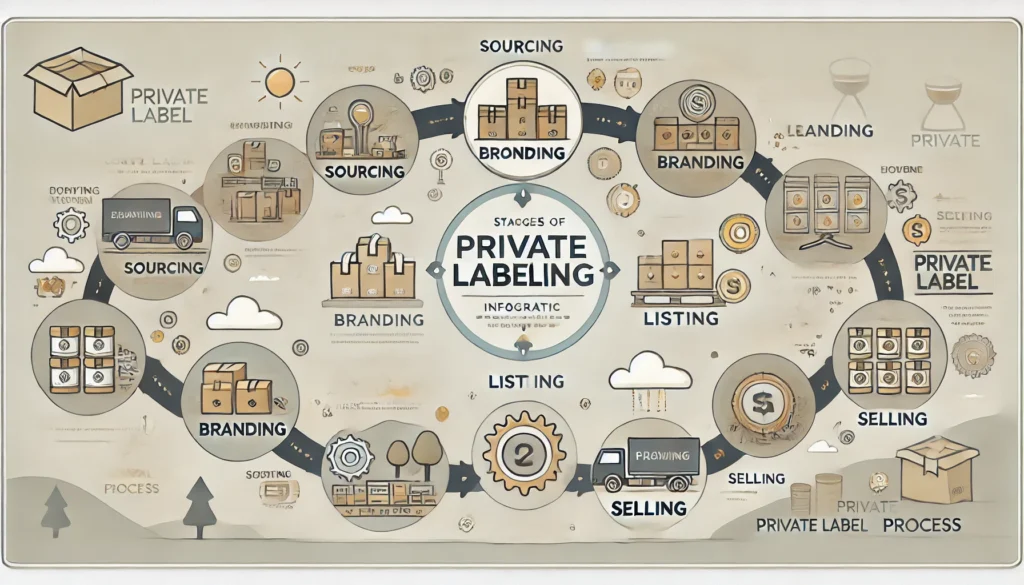
Step 1: Market Research and Product Selection
Choosing the right product is essential for a successful private label business. Effective market research helps identify profitable products with high demand and relatively low competition.
- Identify a Niche Market:
- Target a specific niche with high potential for growth. For example, eco-friendly products, home organization, or pet supplies are popular and offer room for differentiation.
- Analyze Competitors:
- Examine top-selling products in your chosen niche, checking factors like customer reviews, ratings, and pricing. Tools like Jungle Scout, Helium 10, and AMZScout are valuable for this research.
- Validate Demand and Pricing:
- Look for products with strong demand and reasonable profit margins. Aim for a product that allows for a markup after considering Amazon fees and costs.
Step 2: Sourcing Your Product
Sourcing involves finding a reliable supplier who can produce high-quality products for your private label brand. There are several avenues to explore, such as domestic suppliers, international manufacturers (like Alibaba), or custom manufacturers.
Tips for Finding the Right Supplier:
- Choose between Domestic and International Suppliers: International suppliers, particularly in China, offer lower costs, while domestic suppliers provide faster shipping and simplified communication.
- Request Product Samples: Always request samples to evaluate the quality before committing to a bulk order.
- Negotiate Minimum Order Quantities (MOQs): Many suppliers have flexible MOQs, so negotiate to minimize initial investment.
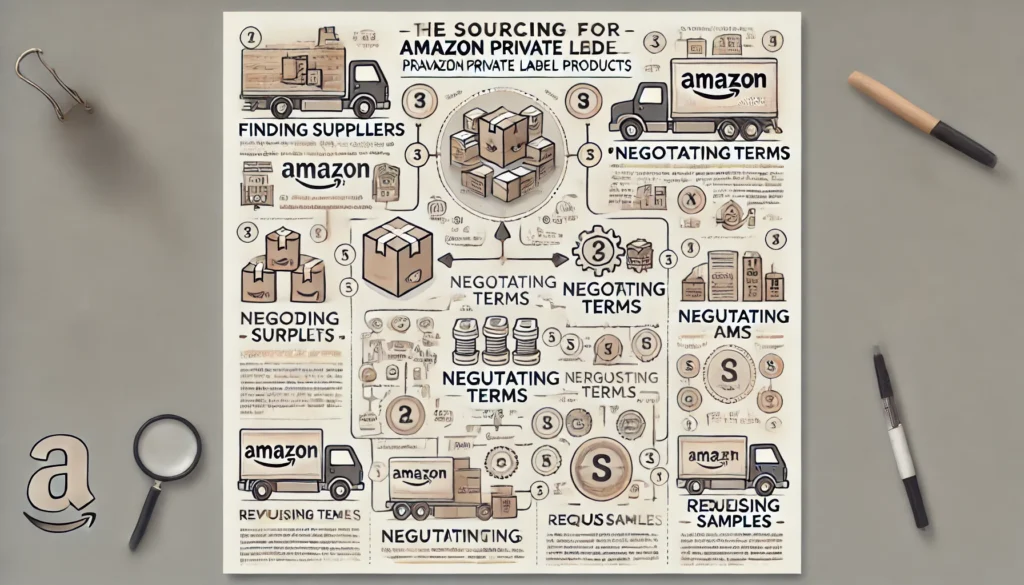
Step 3: Branding and Packaging Your Product
Branding is essential in private labeling, as it differentiates your product from generic or similar items. An effective brand builds customer trust, increases perceived value, and encourages loyalty.
Key Elements of Branding:
- Brand Name and Logo: Choose a memorable brand name and create a professional logo.
- Packaging Design: Packaging should be both functional and visually appealing. Invest in high-quality packaging that showcases your brand and enhances the customer experience.
- Brand Story: Create a compelling story that resonates with your target audience and communicates your brand’s values.
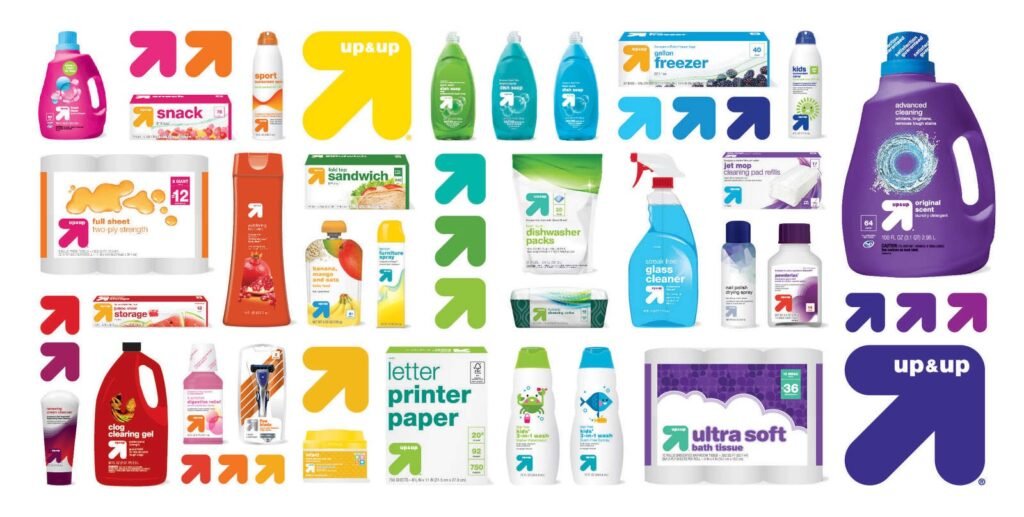
Step 4: Creating a High-Converting Amazon Listing
A well-optimized listing is crucial for Amazon’s algorithm to rank your product higher in search results, making it visible to potential customers. A high-converting listing also helps drive clicks and increase conversions.
Optimizing Your Amazon Listing:
- Keyword Research: Use Amazon’s keyword research tools to find high-traffic keywords relevant to your product.
- Product Title: Include your main keywords and make the title descriptive but concise.
- Bullet Points: Highlight the product’s benefits, unique features, and uses.
- Enhanced Brand Content (EBC): If you have Brand Registry, use A+ Content to create visually appealing and informative content for customers.

Step 5: Launching and Marketing Your Product
Launching a new product on Amazon involves driving traffic, securing reviews, and building momentum to achieve higher rankings.
Effective Launch Strategies:
- Amazon PPC Campaigns: Start with pay-per-click ads to drive traffic to your listing. Optimize campaigns by testing different keywords and monitoring conversions.
- Product Reviews: Encourage early customers to leave reviews, as they’re critical for building trust and social proof.
- Social Media and Influencer Marketing: Promote your product on social media platforms and consider collaborations with influencers to increase visibility.

Step 6: Scaling Your Amazon Private Label Brand
Once your product gains traction, focus on strategies to grow your private label business, expand product offerings, and increase revenue.
Scaling Strategies:
- Expand Product Line: Introduce complementary products to increase revenue and capitalize on existing brand loyalty.
- Optimize Supply Chain and Inventory Management: Streamline logistics to avoid stockouts or overstocking, reducing costs and improving efficiency.
- Utilize Amazon FBA: Fulfillment by Amazon (FBA) allows you to scale more efficiently, as Amazon handles storage, shipping, and customer service.
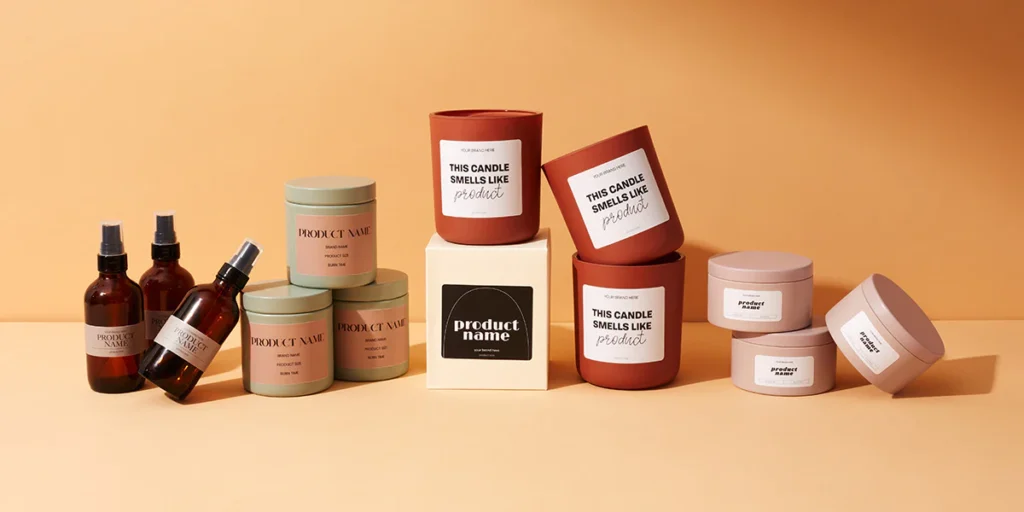
Conclusion: Building a Successful Amazon Private Label Brand
Amazon private labeling is an exciting and profitable venture for entrepreneurs willing to invest in sourcing, branding, and scaling their products. With thorough market research, effective branding, optimized listings, and strategic scaling, your private label brand can achieve significant success on Amazon’s platform.
Ready to start your Amazon private label journey? Contact us today for professional A-Z Amazon private label services that can help you launch and grow your brand on Amazon.


